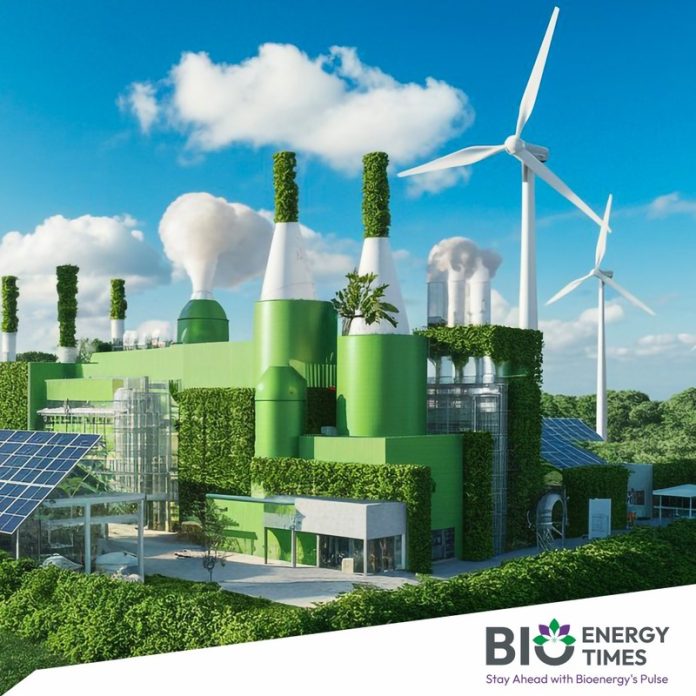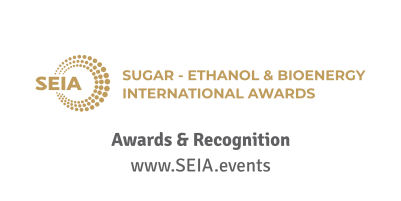China has started building its first interprovincial green hydrogen pipeline, a major step in the country’s effort to expand clean energy infrastructure. The pipeline will carry hydrogen made from wind power in Ulanqab, Inner Mongolia, to Beijing, covering a distance of nearly 400 kilometers, reports Intellinews.com.
The project is being led by Sinopec, China’s top hydrogen producer. Once completed, the pipeline will supply up to 100,000 tonnes of green hydrogen annually to Sinopec’s Yanshan petrochemical complex in the capital. Future phases aim to raise that capacity to 500,000 tonnes.
Approved by the Inner Mongolia Energy Bureau, the pipeline is part of a broader national strategy to lower emissions from heavy industry and reduce energy waste. Inner Mongolia has abundant wind and solar energy, but much of it currently goes unused due to a lack of transmission systems.
A 1-gigawatt wind-powered electrolysis facility in Ulanqab will be at the heart of the project. Electricity from wind turbines will be used to split water into hydrogen and oxygen. The hydrogen will then be compressed and sent through the new pipeline to industrial users in Beijing.
This marks a shift from earlier hydrogen systems along China’s coast, many of which still rely on fossil fuels. The new project is designed to directly connect areas with surplus renewable energy to regions with high energy demand, such as the Beijing-Tianjin-Hebei economic zone.
Sinopec says the project is a key step toward a cleaner, more flexible energy system. “This pipeline will help us move clean energy from where it’s made to where it’s needed, cutting waste and supporting industrial demand,” a company spokesperson said.
Transporting hydrogen by pipeline is expected to be far cheaper and more efficient than moving it by truck or mixing it with natural gas. This could remove one of the biggest hurdles in developing China’s hydrogen sector.
The project also supports Inner Mongolia’s regional development plan, which includes a network of hydrogen pipelines. It aligns with national goals set by the National Development and Reform Commission to promote green hydrogen and reduce reliance on fossil fuels.
Analysts warn that the success of the project will depend on how quickly industries adopt hydrogen and whether prices remain competitive. But many believe this new pipeline could encourage further investments across the hydrogen supply chain—from fuel production to storage and transport.
If successful, the pipeline could become a model for future projects both in China and globally, advancing efforts to build low-carbon energy systems.














